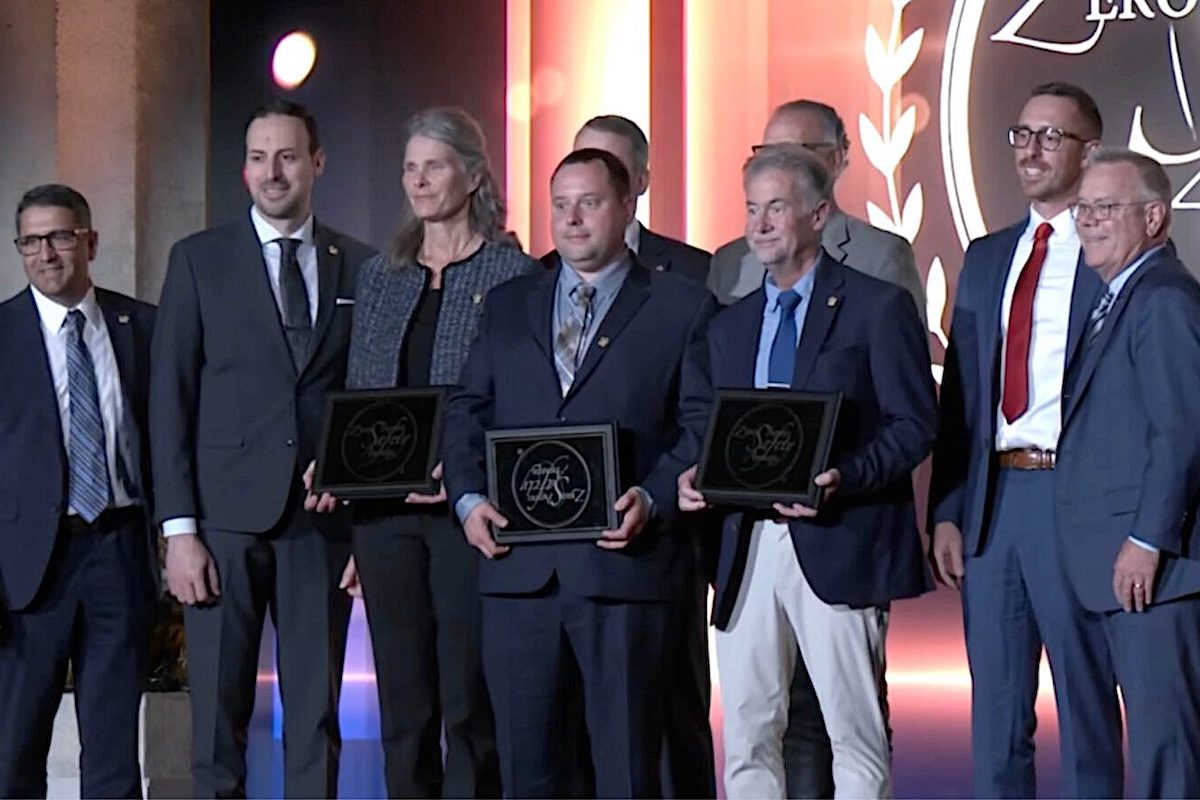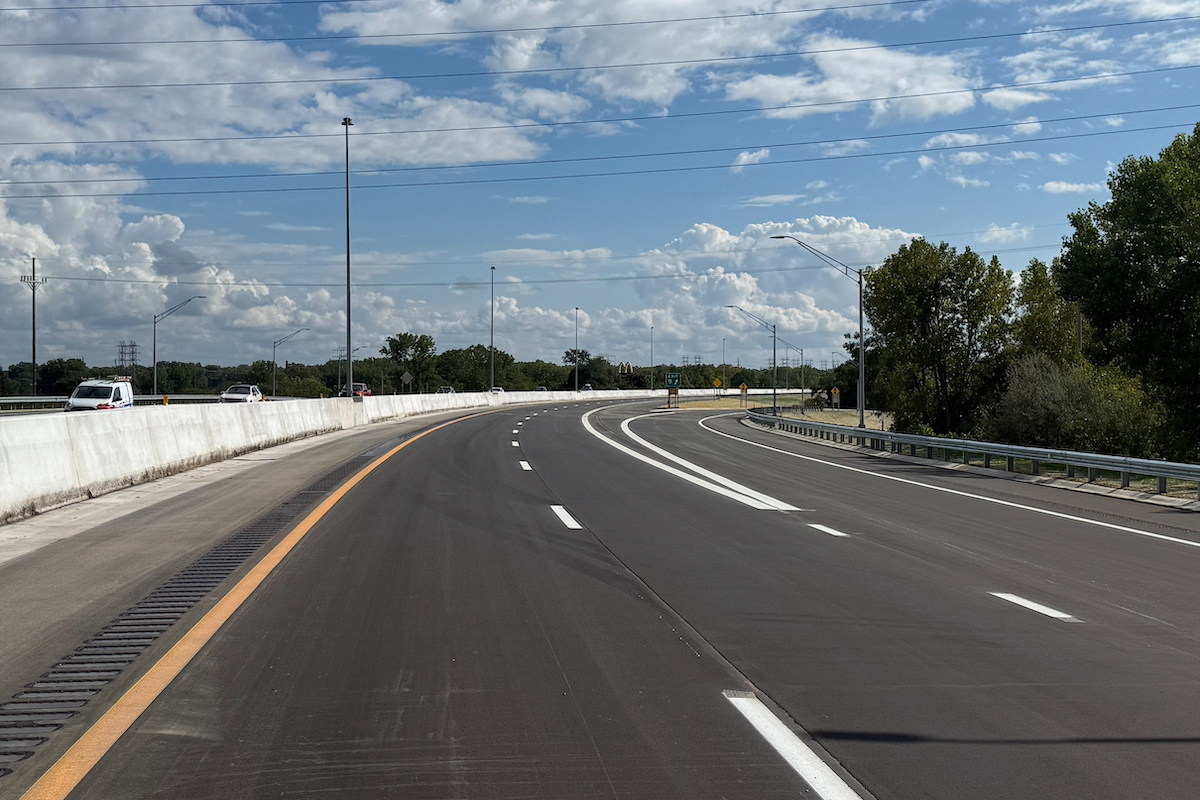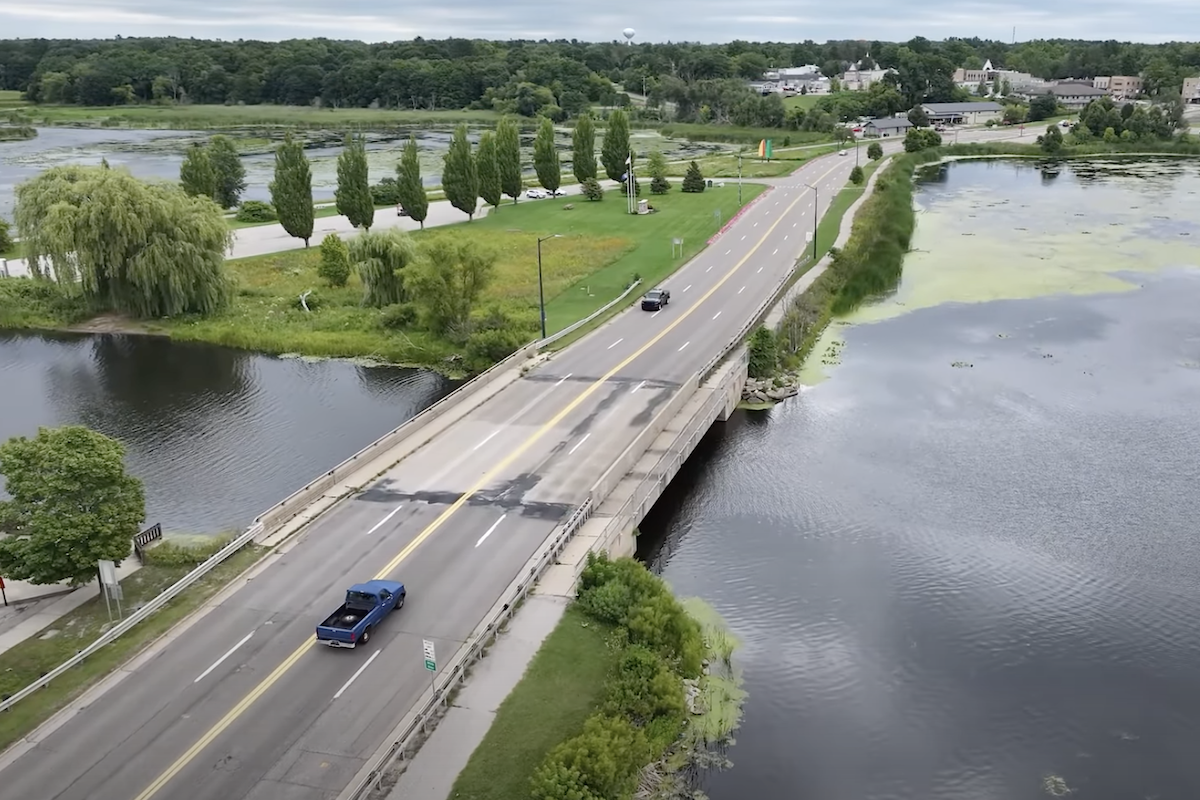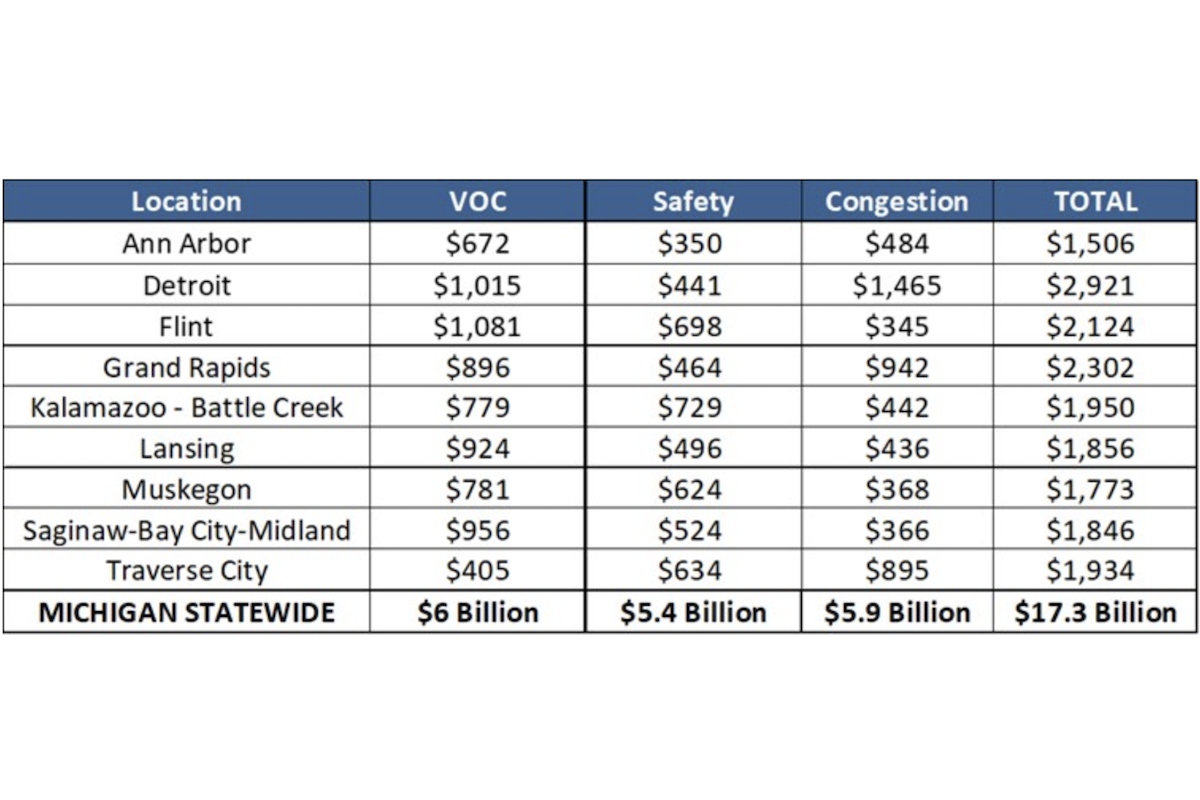First, the IIJA is largely comprised of the five-year re-authorization of the Federal Highway Administration (FHWA) Transportation Bill (previously known as the FAST Act), which amounts to about $2 billion a year for Michigan. Some portion of that amount is reserved for new competitive grant programs for which details are not yet known.
“With these kinds of large legislative packages coming out of Washington, D.C., it takes some time to discern the Congressional intent and how the dollars will flow out to local government,” said Denise Donohue, CRA Director. “IIJA includes several new programs that Michigan county road agencies may or may not be eligible for — we’re waiting for the rules to be written.”
While county road agencies appreciate the new federal funding, it is important to think about how far it will actually go in restoring Michigan roads and bridges. Michigan’s $2-billion annual IIJA includes about 27 percent new federal dollars above the re-authorization, which will be distributed by formula to state and local transportation partners. This amounts to small annual increases.
“In Michigan, legislation requires that 75 percent of these federal funds go to the Michigan Department of Transportation for its highways, and 25 percent is split amongst 83 county road agencies and over 530 municipalities,” said Ed Noyola, CRA Deputy Director and Legislative Liaison. “This is one way that MDOT’s larger, more complex road projects are fairly funded.”

| Your local Deere & Co dealer |
|---|
| AIS Construction Equipment |
Michigan’s federal IIJA dollars for county roads come with limitations. IIJA funds may only be used on roads classified as federal aid-eligible, which is around 30 percent of a county’s road network. Already Michigan’s federal aid-eligible roads, usually called primary roads, are in better condition: 52 percent good/fair condition. The other county paved roads ineligible for federal aid are notably worse off: 46 percent good/fair.
Federal aid also requires each county to come up with local matching funds, which could potentially pull dollars away from nonfederal aid roads, Noyola said.
The County Road Association recognizes the new federal dollars — with federal funds being counties’ third-largest source of road funding — will improve federal aid roads under its jurisdiction. That said, the biennial 2021 County Road Investment Plan indicates that an additional $1.8 billion annually is needed to restore the county to 90 percent (federal aid roads) and 60 percent (nonfederal roads) good/fair ratings over the next decade.
“While the additional federal aid is much appreciated, equal attention must be paid to non-federal aid roads, the major portion of the local road system,” Donohue said. “With the 2015 state Transportation Package fully phased in, no additional state funds other than inflationary increases will come to the county road system, stalling our progress.”
“We continue to work with the Governor’s Office, Michigan Legislature, and our transportation advocates to take that second step of state funding that will be particularly beneficial for county and local roads and bridges,” Noyola said. “Michigan needs to begin planning immediately for the next step of state dollars to restore all of its roads and bridges.”

| Your local Trimble Construction Division dealer |
|---|
| SITECH Michigan |
































































